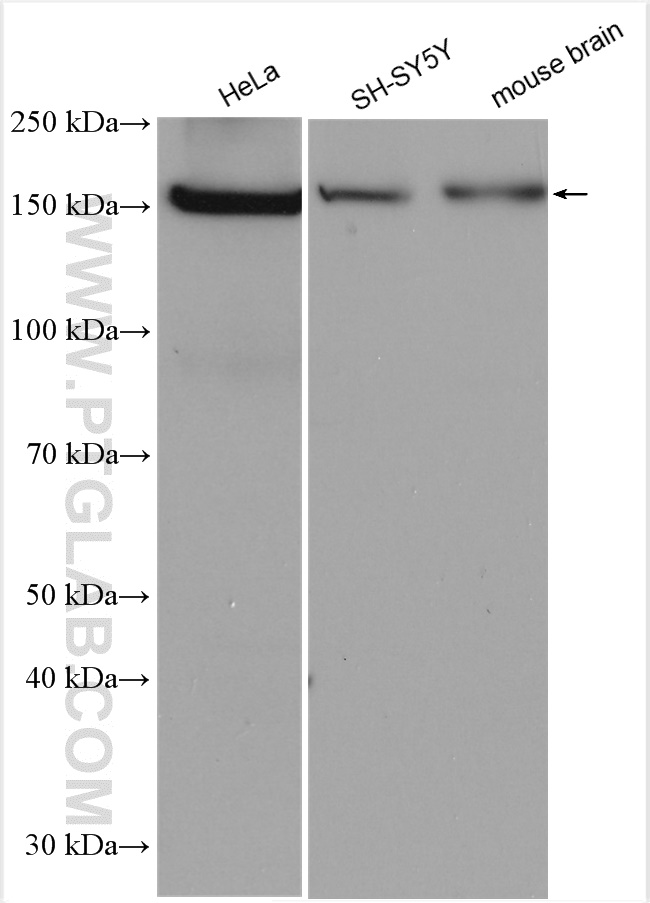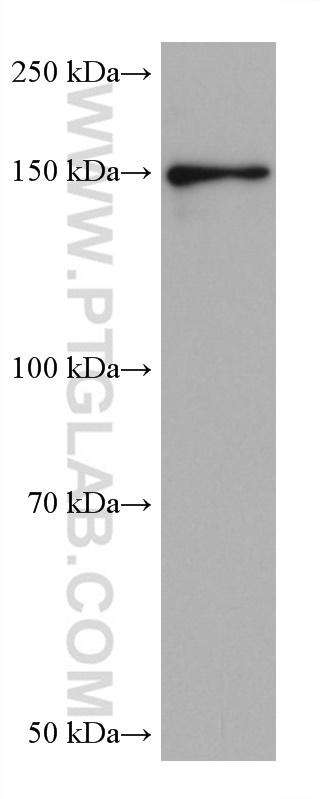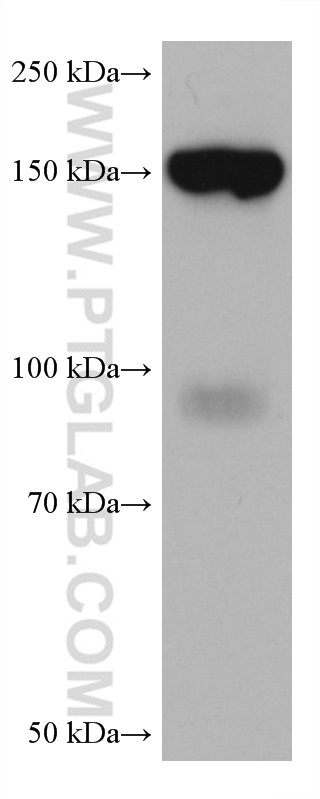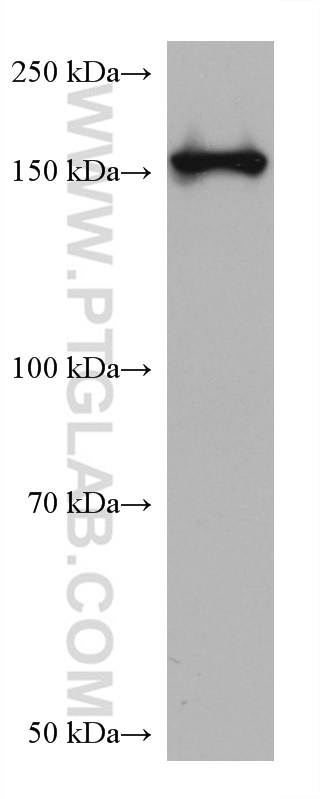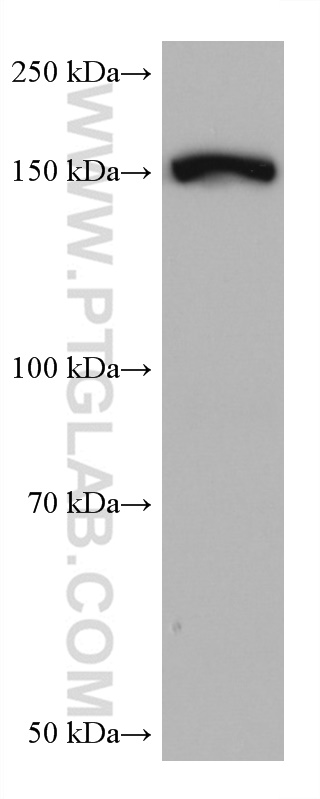验证数据展示
经过测试的应用
| Positive WB detected in | HeLa cells, MCF-7 cells, SH-SY5Y cells, pig brain tissue, rat brain tissue, mouse brain tissue |
推荐稀释比
| 应用 | 推荐稀释比 |
|---|---|
| Western Blot (WB) | WB : 1:2000-1:10000 |
| It is recommended that this reagent should be titrated in each testing system to obtain optimal results. | |
| Sample-dependent, Check data in validation data gallery. | |
发表文章中的应用
| WB | See 2 publications below |
产品信息
67821-1-Ig targets PPARGC1B in WB, ELISA applications and shows reactivity with Human, mouse, pig, rat samples.
| 经测试应用 | WB, ELISA Application Description |
| 文献引用应用 | WB |
| 经测试反应性 | Human, mouse, pig, rat |
| 文献引用反应性 | mouse, rat |
| 免疫原 | PPARGC1B fusion protein Ag28861 种属同源性预测 |
| 宿主/亚型 | Mouse / IgG1 |
| 抗体类别 | Monoclonal |
| 产品类型 | Antibody |
| 全称 | peroxisome proliferator-activated receptor gamma, coactivator 1 beta |
| 别名 | ERRL1, PERC, PGC 1 beta, PGC 1(beta), PGC1, PGC1B, PPAR gamma coactivator 1 beta, PPARGC 1 beta, PPARGC1, PPARGC1B |
| 计算分子量 | 1023 aa, 113 kDa |
| 观测分子量 | 150 kDa |
| GenBank蛋白编号 | BC132971 |
| 基因名称 | PPARGC1B |
| Gene ID (NCBI) | 133522 |
| RRID | AB_2918584 |
| 偶联类型 | Unconjugated |
| 形式 | Liquid |
| 纯化方式 | Protein G purification |
| UNIPROT ID | Q86YN6 |
| 储存缓冲液 | PBS with 0.02% sodium azide and 50% glycerol pH 7.3. |
| 储存条件 | Store at -20°C. Stable for one year after shipment. Aliquoting is unnecessary for -20oC storage. |
实验方案
| Product Specific Protocols | |
|---|---|
| WB protocol for PPARGC1B antibody 67821-1-Ig | Download protocol |
| Standard Protocols | |
|---|---|
| Click here to view our Standard Protocols |
发表文章
| Species | Application | Title |
|---|---|---|
Chem Biol Interact N-acetylcysteine delayed cadmium-induced chronic kidney injury by activating the sirtuin 1-P53 signaling pathway | ||
Sci Rep Dietary oleic acid intake increases the proportion of type 1 and 2X muscle fibers in mice |
